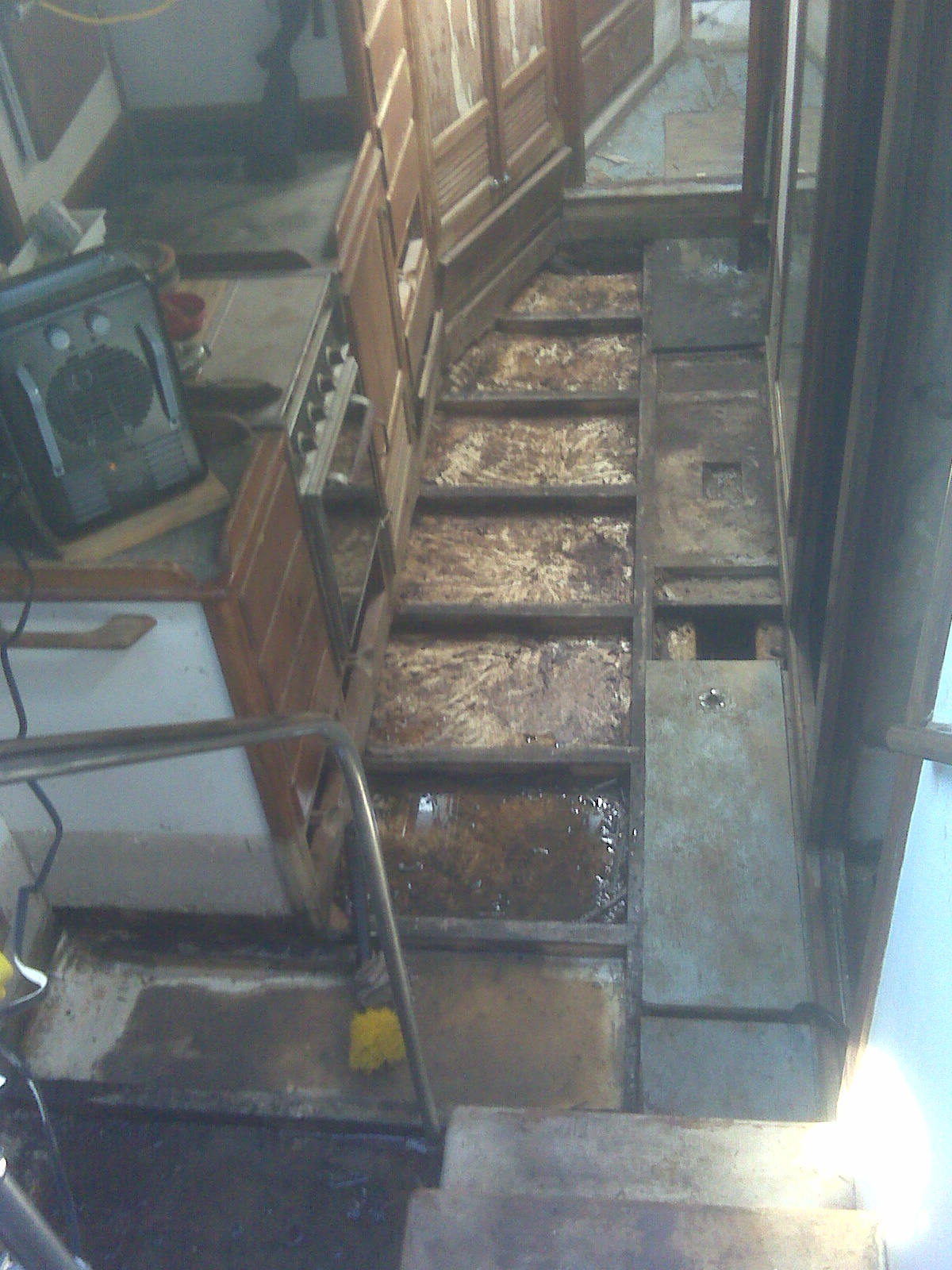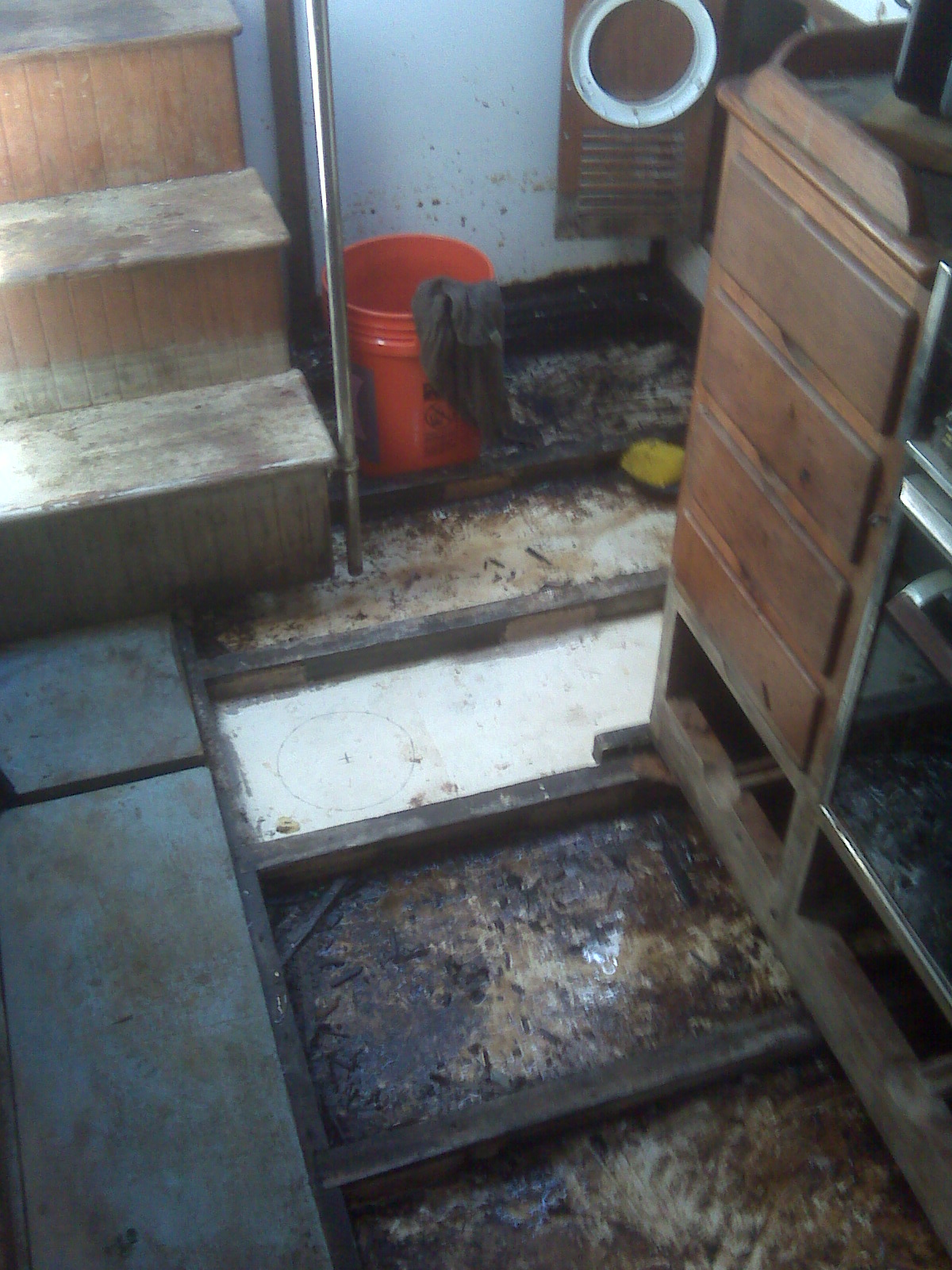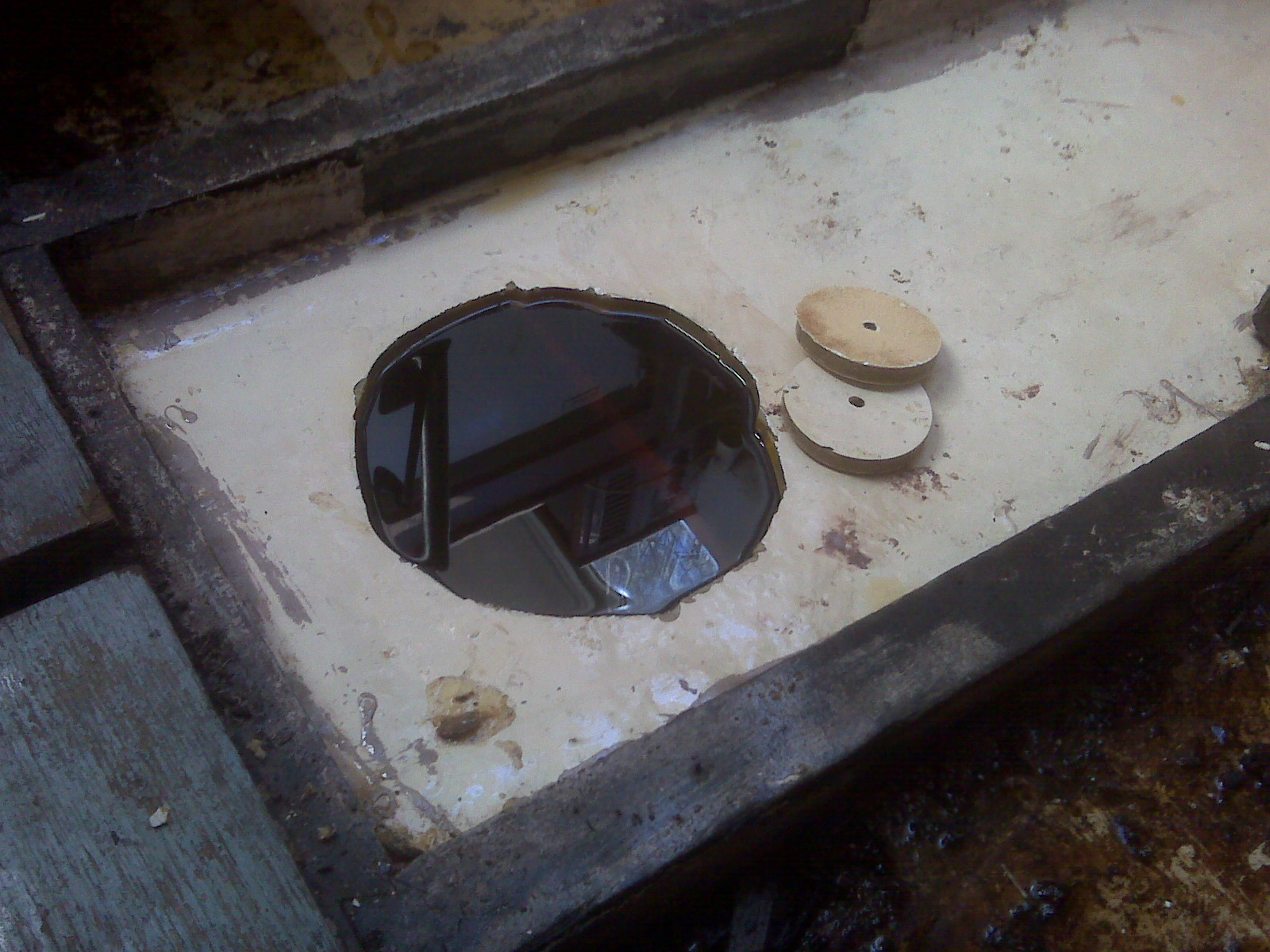bottompaintbefore
2010 plans (2)
The Maryland Historical Trust will survey several submerged battlefields in the Chesapeake this year. under a grant from the National Park Service’s ABPP (American Battlefields Protection Program). The Trust will need volunteers for that work — divers, boat drivers, and researchers. If you are interested please email david.howe@maritimehistory.org.
2010 plans cut back
The Maryland legislature voted on 3/26 not to fund any non-capital historic grants this year, so our plans for SHIP in Maryland will be curtailed. We have at least 226 sites to assess in Maryland waters. Many of them are fairly close to our home port at Tall Timbers, so we will stay very busy.
On the bright side, the lack of Maryland funding will free up a lot of time for reconnaissance in Virginia and Delaware if we get funding from those states, plus at least one field school — maybe two, if enough people want it.
Roper will be in Florida throughout June, as planned.
Middle Atlantic Archaeological Conference – corrected program
The conference program linked on my earlier post was wrong. Sorry! The corrected program is attached as a pdf file. Thanks to Bill Utley for catching the error.
Maryland workshop and Middle Atlantic Arcchaeological Conference
Isabel Mack presented a summary of IMH’s SHIP reconnaissance for 2009-2010 at the Maryland Historical Trust annual archaeology workshop on 13 March, and will present a condensed version at the Middle Atlantic Archaeological Conference at Ocean City MD on 20 March. Dr. Susan Langley of the Trust, and John haynes of US Marine Corps Base Quantico will also present at MAAC. The MAAC program is attached.
Maryland funding is in jeopardy
Yesterday the Maryland Senate Budget & Taxation Subcommittee on Public Safety, Transportation, and the Environment proposed reducing the FY2011 Non-Capital grant fund to $0. The full Budget & Taxation Committee will take up these recommendations later this week. The House Appropriations Subcommittee on Transportation and the Environment will consider these items on March 24.
There is more information available on the Preservation Maryland website (www.preservemd.org) at
http://www.preservationmaryland.org/pdf/03-15-10%20Advocacy%20Alert.pdf
Be mindful of the fact that funds for the annual field session, Archeology Month, the ASM survey and testing program, other archeological projects, as well as National Register nominations, county-wide architectural surveys, and educational programs all come from the Non-Capital fund.
The proposed non-funding would effectively kill the SHIP program in Maryland for the time being. IMH does not have the money to pay for massive amounts of work. This year, for example, we have 51 sites in the Potomac sites and 175 in the Chesapeake to assess – plus anything else we find. We plan to submit a grant application for $20,580 to fund that work.
If you want to help convince the Maryland legislature to support us, please contact your State Senators and Delegate(s). A draft letter is attached.
A roster of the Senate and House of Delegates can be found here — http://mlis.state.md.us/Other/Roster/Committee.pdf
Dear ____________________:
The Institute of Maritime History is a non-profit corporation qualified to do business in Maryland. For the last several years it has actively conducted underwater archaeological reconnaissance in Maryland to support the Maryland Historical Trust.
Approximately 60 people have contributed many hundreds of man-days of volunteer labor to survey a large portion of the lower Potomac River. We have surveyed an area that is twice the size of Washington DC, and reported numerous sites to the Trust for management and protection. All the labor and much of the money for expenses have been provided by our volunteers. Part of the money has been provided by the State under non-capital grants through the Trust.
Much remains to be done. In FY 2011 we hope to expand the work, finish surveying the lower Potomac, and assess more than 226 sites in the river and in the Bay. That is a massive amount of work. As a small non-profit we cannot afford to continue that important and necessary work unless non-capital funding is available to cover the costs of boat fuel and diving air.
Our work helps the Trust meet the legal requirements imposed by federal and state laws, including the National Historic Preservation Act, 16 U.S.C. 470 & seq., the Abandoned Shipwreck Act, 43 U.S.C. 2101 & seq., and the Maryland State Finance and Procurement Act, sections 5A-333(h), 5A-337, 5A-339(a), 5S-340, 5A-341, 5A-344, 5S-345, and 5A-346, Annotated Code of Maryland. Without funding, those mandates cannot be met.
We therefore urge you to continue funding the non-capital grant program administered by the Trust, to enable us to continue.
Sincerely yours,
The Spring 2010 newsletter is out!
Thanks to editors Cynthia Loden-Dowdle, Isabel Mack, and Kirk Pierce, and contributors Susan Langley, Joyce Steinmetz, Bill Utley, and Brendan Burke. The nesletter is attached as a pdf file.
Fuel Tank Port – Gypsy, 06Mar2010
The weather has finally broken in Southern Maryland and it was warm enough this weekend to get some work done!
The ice in the bilges finally melted completely, letting me pump out all the water. Unfortunately, two out of three old pumps didn’t survive the winter ice. The important engine-room pump made it, though!
This week’s goal was to cut an inspection/cleaning port into the port fuel tank. The starboard tank already has one– I opened it to see the tank was full of what used to be diesel fuel. To get the boat ready for a swim, I need to pump out those tanks and dispose of the old fuel. Which means an inspection/cleaning port in the port-side tank, too.
 Most of the rotted cabin-sole has been removed at this point– the fiberglass tank tops need to be cleaned before the new sole can be laid. I cleaned one section where the new hole is to be cut. The tank’s top looks so bright when it’s been scrubbed!
Most of the rotted cabin-sole has been removed at this point– the fiberglass tank tops need to be cleaned before the new sole can be laid. I cleaned one section where the new hole is to be cut. The tank’s top looks so bright when it’s been scrubbed!
I started by hand-drilling (with a brace-and-bit) a hole along the edge of the 8-inch circle. My reciprocating saw couldn’t turn tight enough to cut the circle, so I resorted to a pattern of 1-1/2 inch holes cut with a hole-saw, then connected them with the reciprocating saw. That’s why the scrap pieces are disc-shaped. Not perfect, but once the port hardware is fastened down, I’ll clean up the circle.
You can see how thick the tank is– about 3/8″ of solid fiberglass. Of course, running right through the middle of my hole is the top of a baffle that had to be cut away. You can just see it below the level of the fuel. Now I can call the oil-disposal guys to come pump out these tanks!
I finished up the weekend removing an old thru-hull fitting– it had to be cut out. Next week I’ll get some pictures of that and how I plan to glass in the hole.
Stay tuned!
Kirk
